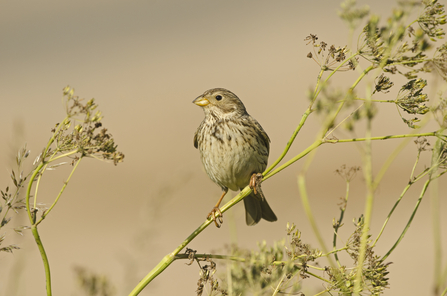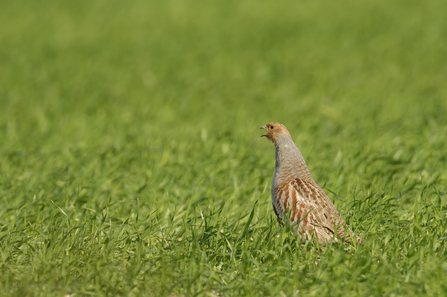Regenerative farming as a phrase has been used since the 1980s, but it is only in the last 10 years that it has gained a higher profile and a far bigger following. As the name suggests, it is an approach to farming that, in theory, allows the land, the soil, water, nutrients, and natural assets to regenerate themselves, as opposed to conventional approaches to farming that can deplete these natural resources.
It is used in marketing by corporations and prominent members of the food and farming industry. In the corporate rush to reduce the environmental or carbon footprint of their food supplies, they are making big demands on farmers that may be risky, expensive and involve new knowledge – especially for smaller farms. I wrote, with some scepticism, about these in a blog in a previous role, and others are sensing that the regenerative claims by corporations are weak, with unquantifiable targets and a lack of support for farmers.



